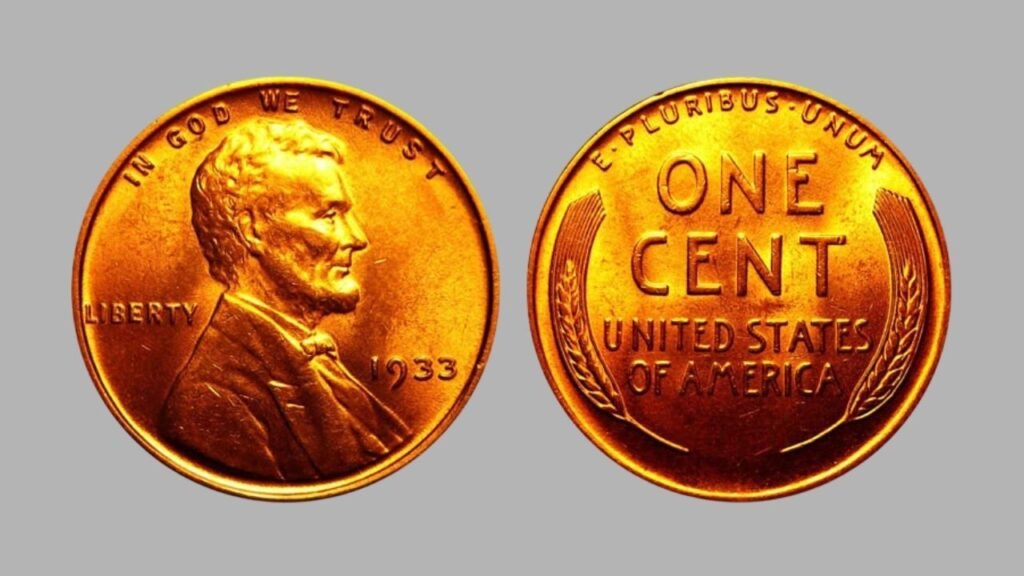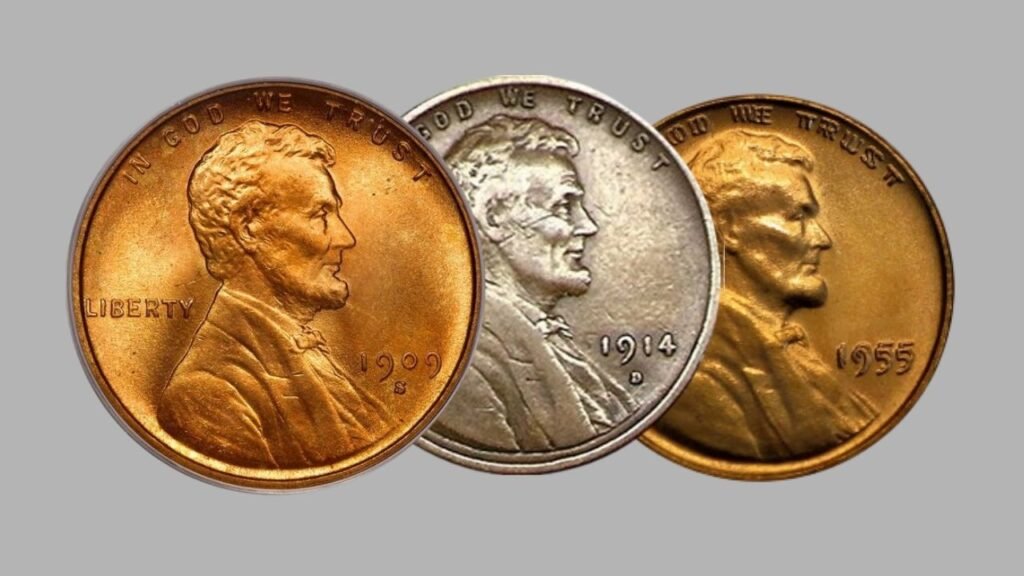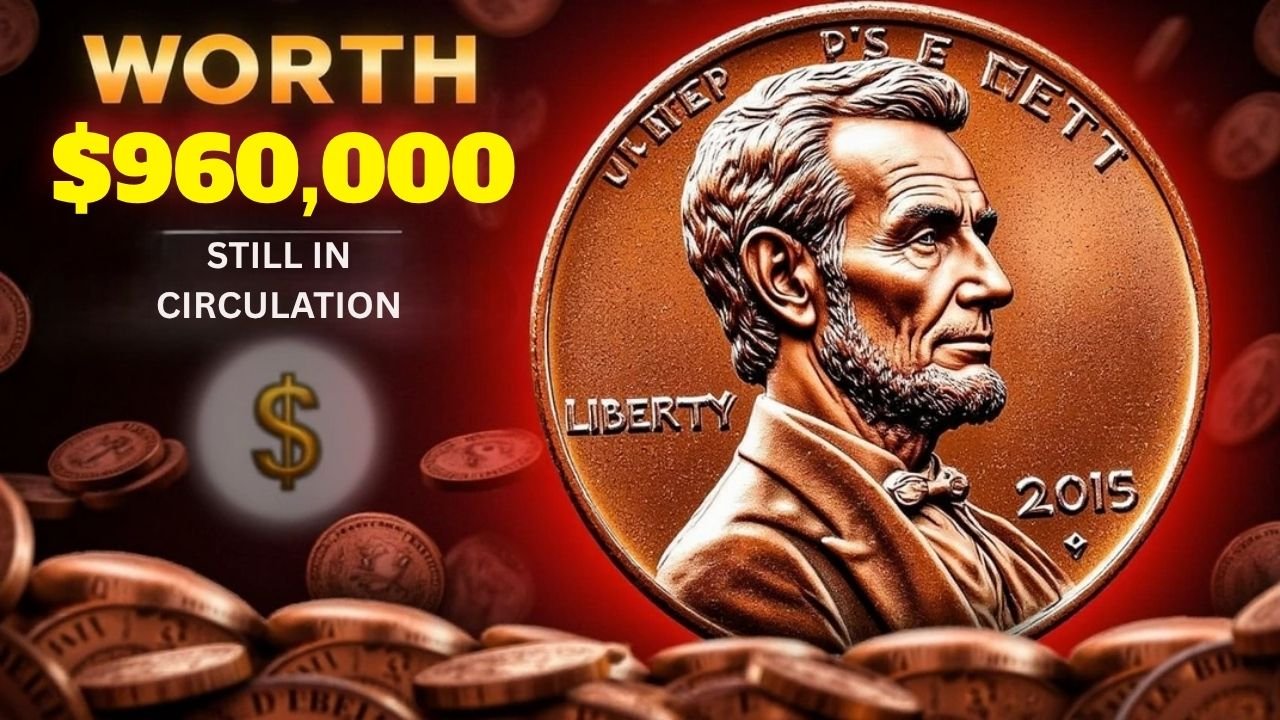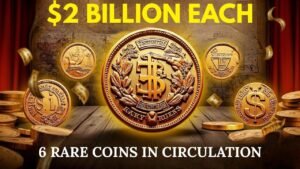Introduction
Coins that had been once considered pocket change are actually making headlines for his or her awesome well worth, with a few being valued in the millions of bucks. One such coin is the Lincoln Wheat Penny, which has captivated creditors with its remarkable valuation of $960,000. But what makes this specific penny so precious, and could it still be circulating in ordinary transactions today? Let’s dive into the fascinating tale of the $960K Lincoln Wheat Penny and find out whether you may have one lying around!
What Is a Lincoln Wheat Penny?
The Lincoln Wheat Penny changed into minted from 1909 to 1958, marking over half of a century of production. Designed via Victor David Brenner, the coin features a portrait of Abraham Lincoln on the obverse (front), at the same time as the reverse (lower back) depicts wheat stalks surrounding the words “ONE CENT.”
Key features:
- Obverse (Front): Abraham Lincoln’s profile.
- Reverse (Back): Two wheat ears curving around “ONE CENT” and “UNITED STATES OF AMERICA.”
- Material: The coin was at first made of 95% copper and 5% tin and zinc, that’s why it has a awesome reddish-brown appearance.
While most Lincoln Wheat Pennies are worth best their face value (1 cent), a handful of uncommon examples have turn out to be precious collector’s objects, fetching costs far higher than anticipated.

Why It’s So Valuable
The excessive price of this penny comes all the way down to intense rarity, minting mistakes, and historic context. It’s not just a coin—it’s a wartime mistake that survived decades unnoticed. The “D” mint mark (Denver) mixed with the incorrect metal kind makes it even more precise. The condition of the coin also performs a key role—uncirculated or near-mint specimens are well worth the most.
Could It Still Be Out There?
Possibly. While most had been snapped up with the aid of creditors or confirmed via grading offerings, professionals consider a few may want to nonetheless be hiding in antique coin collections, inherited jars, or forgotten drawers. The 1943-D bronze penny wasn’t acknowledged to exist until one surfaced within the Seventies. That manner it’s not out of the query that another ought to nonetheless be circulating undetected.
How to Identify a 1943 Bronze Wheat Penny
If you’re wondering whether one of these rare pennies might have slipped through the cracks into circulation, here’s what to look for:
1. Color
- The steel 1943 penny is silver-gray.
- The bronze error is reddish-brown or copper-colored, just like most pre-1982 pennies.
2. Magnet Test
- Steel cents stick to a magnet.
- Bronze cents do not. If your 1943 penny isn’t magnetic, you may be on to something special.
3. Weight
- Bronze cents weigh 3.11 grams.
- Steel cents weigh 2.7 grams.
- Use a precise digital scale to test yours.
4. Mint Mark
- Check for versions from all three mints: 1943 (Philadelphia), 1943-D (Denver), and 1943-S (San Francisco).
- The 1943-D bronze penny is the rarest — only one known example has been authenticated.
Is the $960K Lincoln Wheat Penny Still in Circulation?
While it’s far unlikely that a $960K penny is still floating around in movement, it’s now not not possible. These rare pennies have on occasion became up in unexpected places, from antique coin collections to property income, or even in the pocket change of unsuspecting people. However, finding one for your each day exchange is an exceptionally uncommon incidence. The cost of these coins has driven collectors and treasure hunters to preserve a close eye on their pennies, hoping to locate that hidden gem.
Most of these rare 1943 copper pennies were eliminated from move over time and are both inside the hands of creditors or have already been sold at auction. But the possibility remains that one could be found today — especially if someone hasn’t checked their change jar or collection in decades!
Other Lincoln Wheat Pennies Worth a Fortune

While the 1943 copper penny is the most famous and valuable error coin, there are several other Lincoln Wheat Pennies that collectors are on the lookout for:
- 1909-S VDB Penny – One of the most famous and sought-after pennies, this coin is valued at $100,000 or more in top condition. It features a small “VDB” mark near Lincoln’s shoulder, indicating the designer’s initials.
- 1914-D Lincoln Penny – This penny, minted in Denver, is another highly sought-after piece. It can be worth up to $15,000 or more, depending on the condition.
- 1955 Doubled Die Penny – This famous error coin is valued at up to $125,000 for an uncirculated example due to doubling on the date and lettering.
- 1922 No D Penny – This coin was minted without a “D” mint mark by mistake and can be worth over $10,000.
Conclusion
The story of the Lincoln Wheat Penny valued at $960K is one that has captivated coin enthusiasts and collectors alike. Whether it’s a rare 1943 copper penny or a valuable error from another year, the world of coin collecting offers the thrill of potentially finding hidden treasure in your everyday change. While it’s incredibly rare, checking your old pennies could just be the start of an exciting journey — and who knows, you might find a piece of history worth far more than a penny!
FAQ’s
Why is the 1943-D Lincoln Wheat Penny worth $960,000?
It turned into mistakenly struck in bronze as opposed to metallic at some point of WWII. Only one confirmed instance from the Denver Mint is known to exist, making it especially rare and valuable.
How can I tell if I have the rare 1943-D bronze penny?
Check for a 1943 date with a small “D” mint mark and a copper coloration. It should no longer stick to a magnet and weigh about 3.11 grams.
What should I do if I think I discovered one?
Don’t clean it. Store it correctly and have it authenticated by a professional coin grading service like PCGS or NGC.


